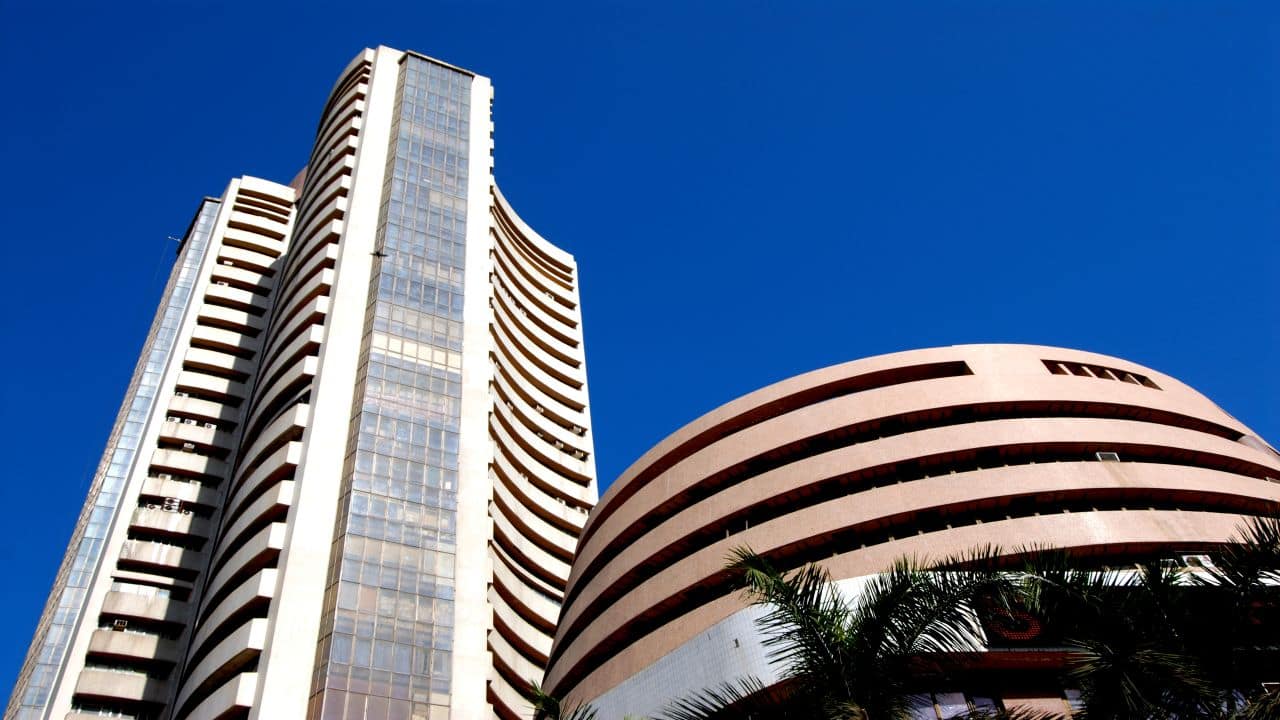World
Indian Rupee Faces Longest Weekly Decline in Two Years

The Indian rupee experienced its longest weekly losing streak in two years, shedding 100 paise to close at 87.52 against the US dollar on August 1, 2023. This decline follows a closing rate of 86.52 on July 25, reflecting ongoing challenges in the foreign exchange market.
A series of factors contributed to this depreciation. Market analysts noted that persistent inflationary pressures and a strengthening US dollar have put significant strain on the rupee. The Reserve Bank of India (RBI) has struggled to stabilize the currency amid these external pressures.
Market Dynamics at Play
The foreign exchange market has shown heightened volatility in recent weeks. As global investors seek safe-haven assets, the demand for the US dollar has surged. This shift has resulted in a decrease in the value of emerging market currencies, including the Indian rupee.
Several economic reports indicate that inflation in India remains a concern, which complicates the RBI’s efforts to maintain monetary stability. The central bank’s measures to curb inflation may further impact the rupee’s performance in the coming weeks. Analysts predict that if the dollar continues to strengthen, the rupee may face additional downward pressure.
Implications for the Indian Economy
The rupee’s decline has broader implications for the Indian economy. A weaker currency can lead to increased costs for imports, particularly in sectors reliant on foreign goods and services. This could exacerbate inflationary trends, affecting consumer prices and overall economic growth.
Moreover, foreign investors may reassess their positions in the Indian market if the rupee continues to weaken. Investment flows are sensitive to currency stability, and prolonged depreciation could deter capital inflows necessary for sustaining economic momentum.
In summary, the Indian rupee’s recent performance underscores the complex dynamics of the global financial landscape. With the currency experiencing its longest weekly decline in two years, stakeholders will be closely monitoring market developments and the potential responses from the Reserve Bank of India.
-

 World5 months ago
World5 months agoSBI Announces QIP Floor Price at ₹811.05 Per Share
-

 Lifestyle5 months ago
Lifestyle5 months agoCept Unveils ₹3.1 Crore Urban Mobility Plan for Sustainable Growth
-

 Science4 months ago
Science4 months agoNew Blood Group Discovered in South Indian Woman at Rotary Centre
-

 World5 months ago
World5 months agoTorrential Rains Cause Flash Flooding in New York and New Jersey
-

 Top Stories5 months ago
Top Stories5 months agoKonkani Cultural Organisation to Host Pearl Jubilee in Abu Dhabi
-

 Sports4 months ago
Sports4 months agoBroad Advocates for Bowling Change Ahead of Final Test Against India
-

 Science5 months ago
Science5 months agoNothing Headphone 1 Review: A Bold Contender in Audio Design
-

 Top Stories5 months ago
Top Stories5 months agoAir India Crash Investigation Highlights Boeing Fuel Switch Concerns
-

 Business5 months ago
Business5 months agoIndian Stock Market Rebounds: Sensex and Nifty Rise After Four-Day Decline
-

 Sports4 months ago
Sports4 months agoCristian Totti Retires at 19: Pressure of Fame Takes Toll
-

 Politics5 months ago
Politics5 months agoAbandoned Doberman Finds New Home After Journey to Prague
-

 Top Stories5 months ago
Top Stories5 months agoPatna Bank Manager Abhishek Varun Found Dead in Well









